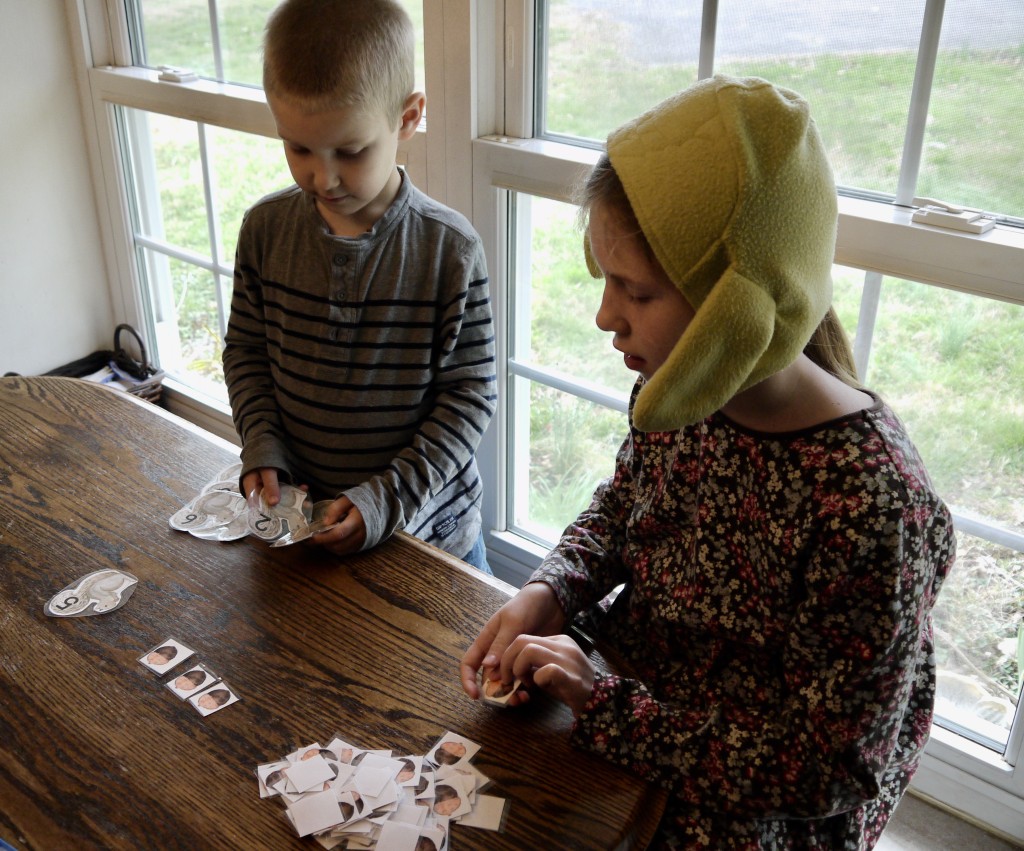Links may direct to affiliate sites. Purchases made through these links support our family’s work in spreading the Gospel to unreached areas.
Quick: name three things “everybody” knows about Classical Conversations. They memorize a ton of facts with no connections, move at a breakneck speed, and are required to use Saxon math, right? Yeah, that was my impression, too.
It’s a funny thing, stereotypes. They often have a little seed of truth in them. For example, CC’s Foundations program is largely built around familiarizing children with key facts that allow them to set mental milestones for future learning. The number of community days in “school year” is kept purposefully short to allow for the bulk of home education to happen at home. And yes, if you peek inside the catalog, Saxon is the math program offered up. But like most stereotypes, the truth is a little farther from what seems obvious to the uninitiated.
For instance, our family does not use Saxon math. And this fact has not in any way hindered our participation in our community… or denied my kids a well-rounded, robust mathematical education.
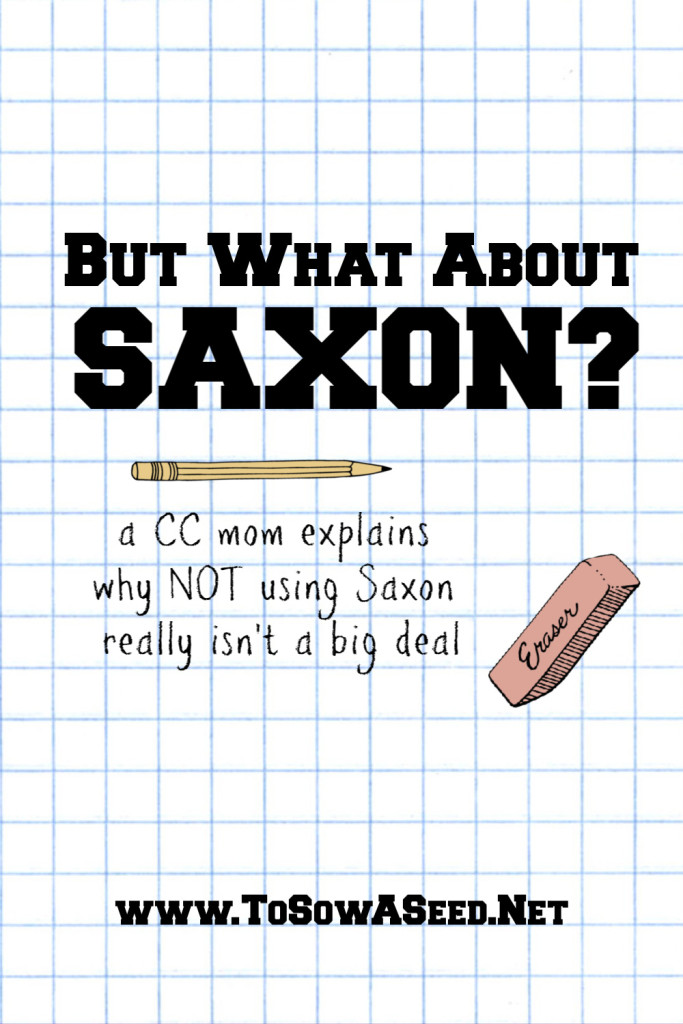
Our (Mathematical) History
In the Dark Ages, when we started homeschooling, Saxon was one of only a handful of math programs available. Choices were quite limited. Most offerings came from large publishers that were geared towards the school market. Saxon, BJU, MCP, AO LifePacs, and Horizons were the big players. A handful of lesser-known options, like Singapore, were available, but were more difficult for most classroom-educated, non-math parents to grasp since they didn’t come with teacher’s guides geared towards homeschoolers. Some supplements, like Family Math, were on the market. Overall, though, it was a disappointing field.
We started our homeschool journey with Horizons math. It was colorful and familiar; it was pretty much the same math textbook format I remembered from my own elementary math journey. And for the first four years of homeschooling, it worked just fine. Mary Hannah dutifully counted little cartoon kittens and learned to add by making the tip of her pencil jump across a number line. However, multiplication brought issues. She struggled to comprehend the concept, and was stressed by the frenetic pace of first single digit multiplication, then double digit, and now, on to division!
On the advice of the educational consultant who administered my kids’ annual review that year, we dove into the relatively new world of Math-U-See. From there, I began researching and digging into the various schools of thought on mathematical education, and came to a place where I felt comfortable eschewing the concept of “math textbooks” in the younger years altogether, and rounding out the practical application of upper level math concepts with an approach as grounded in living math as it is in formulas and calculations.
And you know, my somewhat eclectic approach to math seems to have worked out just fine; my two initial test subjects raised without “traditional” instruction are both not just highly literate in math, but enjoy tinkering with numbers for fun. One of them is looking to major in Statistics and joined the Air National Guard as an Accountant. So I guess not having a Pre-Algebra textbook didn’t really hurt him.
Even though my elementary-aged students are in CC, we’re still not using Saxon. I have no problem with the program; if that’s what you feel led to use and it’s working for your kids, you should use it. What works here, however, is a different mix of resources that get the same job done.
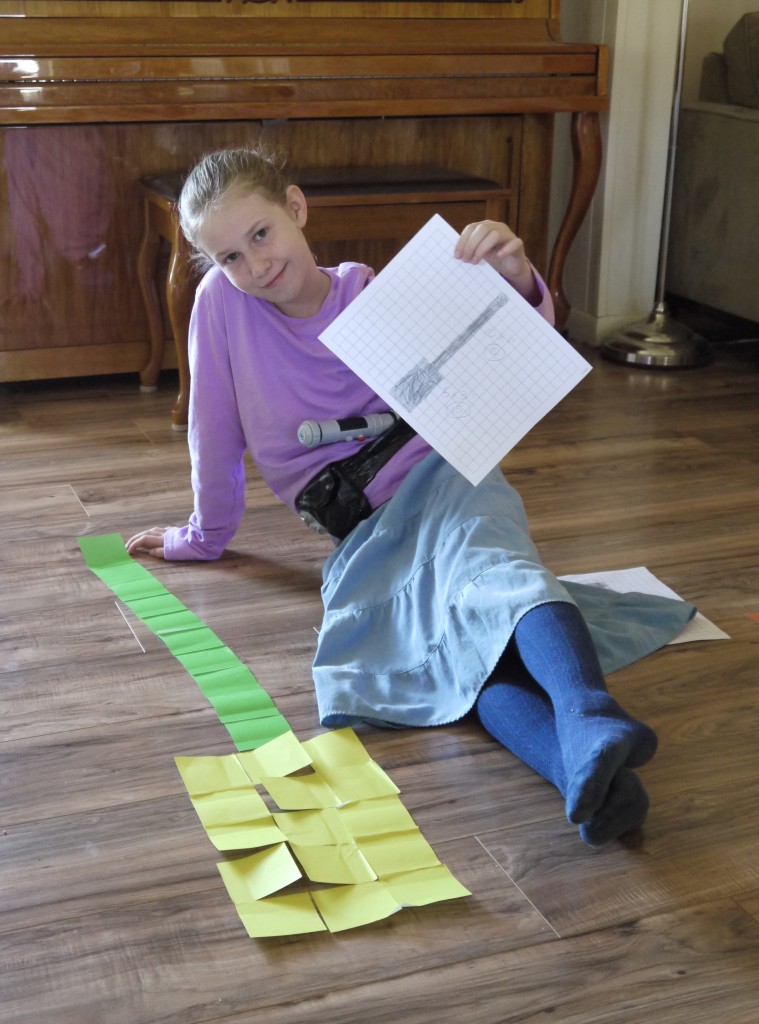
But Doesn’t CC Require Saxon?
Before we joined a CC community, I was under the impression that Saxon math was the required text. I was wrong. Actually, nothing is required at the Foundations level, unless you count buying the Guide and making sure your kid has a tin whistle. (Even then, I guess you could opt of of music theory if you really, really wanted.) CC doesn’t dictate what you do with your kids at home, or when. And in truth, where your child falls in terms of academic progress doesn’t figure highly into their community experience. When I tutored Apprentices (approximate ages 6-8), I had children who were sounding out CVC words and others who were tackling The Hobbit. Unlike a traditional classroom where everyone is encouraged to walk lockstep, our small class size and family-like atmosphere allowed us to celebrate everyone, right where they were. The same goes for math. I’m currently tutoring a class of 6 Masters students, ages 10 and 11. I couldn’t tell you what curriculum any of their families use for math or any other subjects.
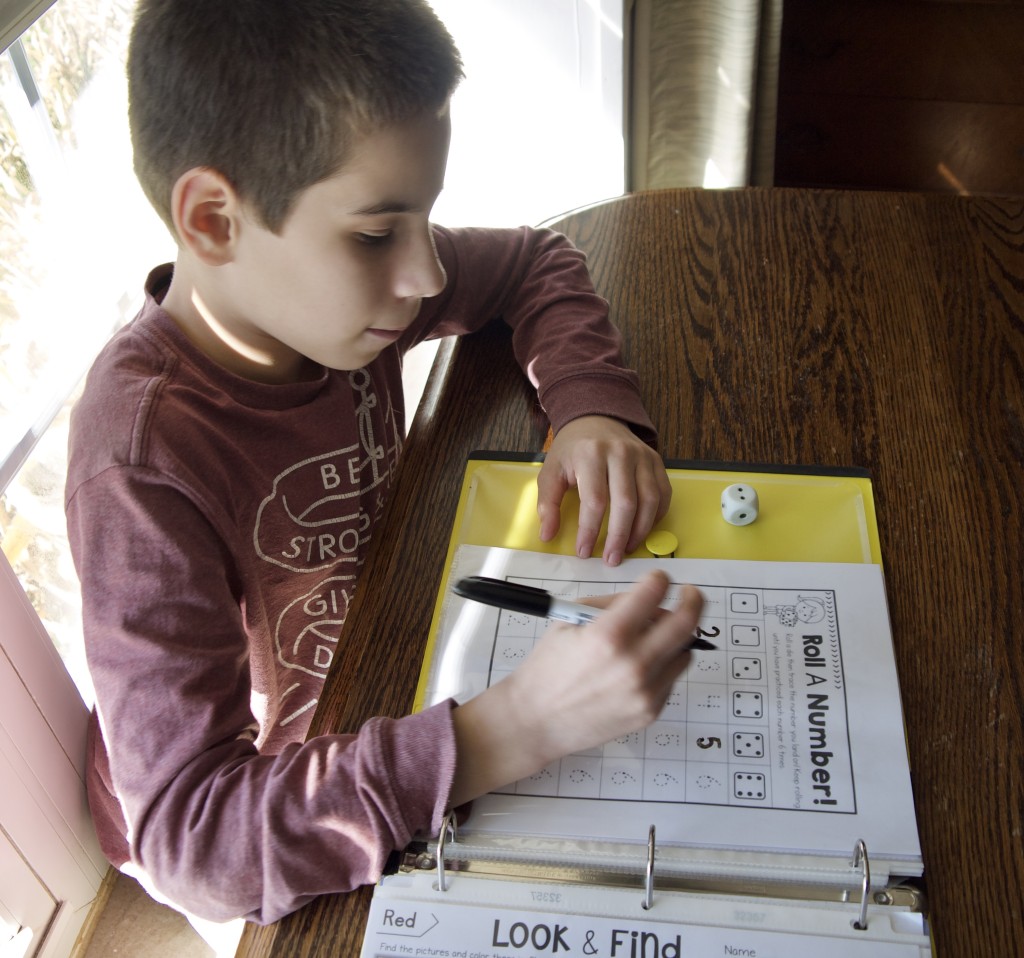
What About in the Challenge Programs?
I don’t have any kids in the Challenge years, so I’ve been paying close attention to the experiences of my fellow community members as well as the advice of seasoned directors. All agree— the choice of what math curriculum is used at home falls squarely in the domain of the family. Challenge introduces math concepts in a discussion format. They pull examples from Saxon texts; what you use at home really doesn’t impact what goes on in the class. So not only can you be confident using whatever math you choose in the younger years, you really don’t have to worry about making sure there’s a seamless transition in middle school. As long as you are paving the way for understanding advancing upper-level concepts, your child won’t have an issue.
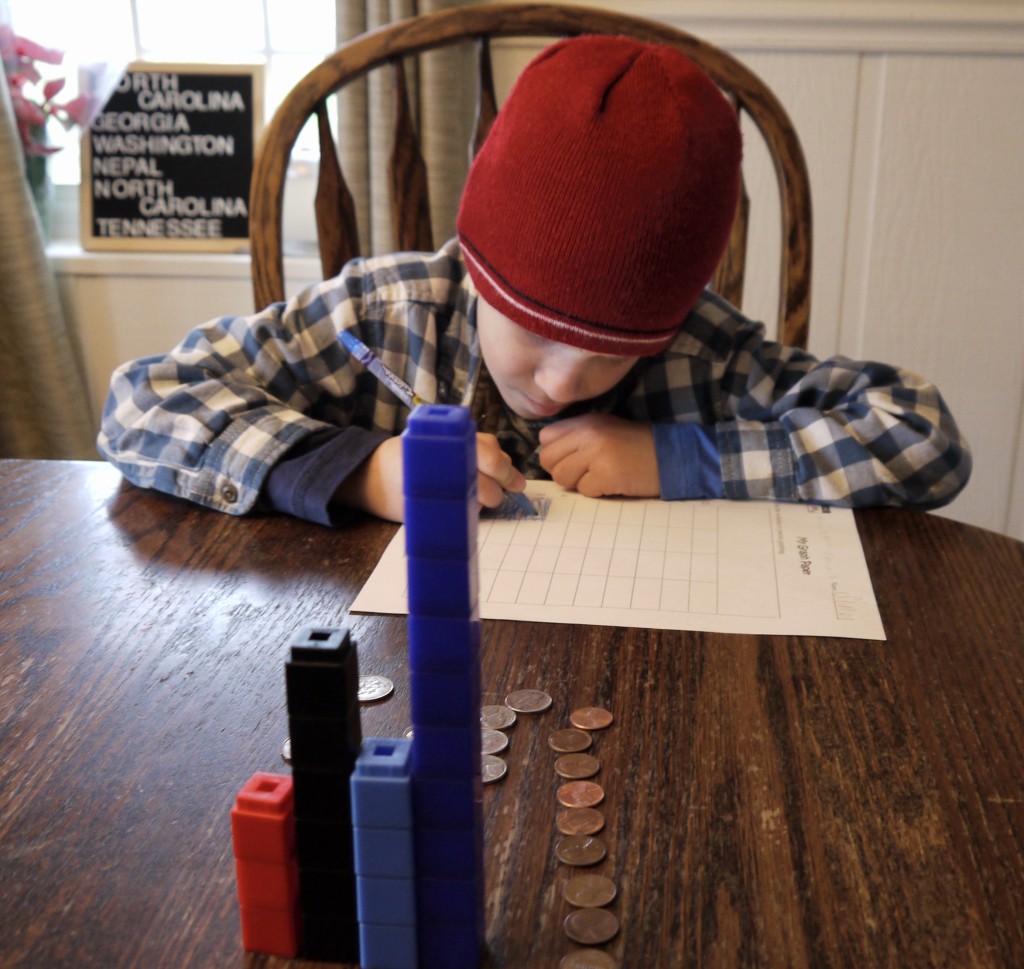
So I Can Join a CC Community and Still Use Whatever Math I’d Like?
The big takeaway I like to impress on families is that CC does not dictate the educational atmosphere of your home. That freedom is still very much yours to own. While it provides a working framework, what that looks like is yours. Maybe your family embodies the CC stereotype, and finds peace and contentment there. Or maybe you’re an unlikely fit who embraces the model. Either way, you’re welcome under the umbrella. There truly is room for all!
